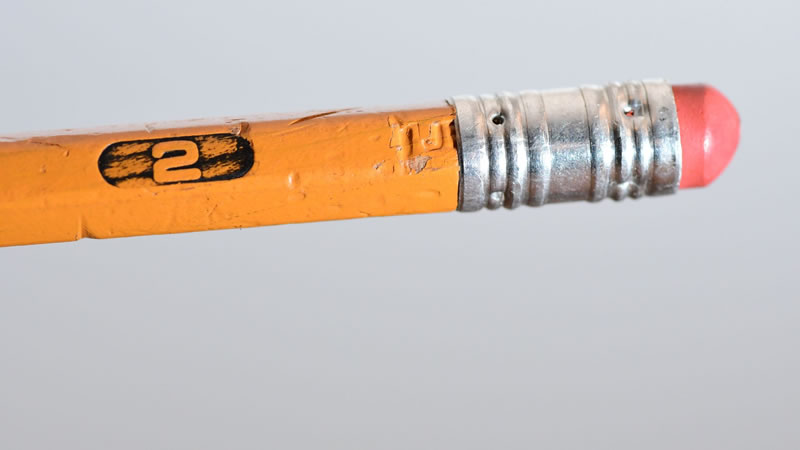
8 Sure-Fire Ways to Boost Scores on Multiple Choice Tests
Posted on April, 06, 2022 by Susan Schaefer, M.Ed., M.A.T, Founder & CEOBy, Susan V. Schaefer, M.Ed, M.A.T.
I was never good at taking multiple-choice tests, but open-ended or essay tests? That’s a whole different story. Since these types of tests are more subjective in nature, I could usually make it seem as if I knew what I was talking about even if I didn’t. My approach was to look pathetic yet sincere and try to mask my nonsense by making it seem like it wasn’t wrong per se, just with a different, unconventional perspective. If a teacher didn’t buy my BS and gave me the grade I actually deserved, I could usually debate it and get my grade raised when it became clear it was the only way to get me to shut up. I never did as well on multiple-choice tests because, as much as I tried, it’s harder to talk the teacher into accepting a blatantly incorrect answer.
I have since learned that even if a student has no idea what the answer is, the odds of getting the questions right are much better if some basic strategies are employed for taking multiple-choice tests. Of course, the best way to get a question correct is to actually know the answer but, if that is off the table, there are several strategies that have proven to be effective:
1. Do you know the answer? Try to answer the question before reading the choices (cover the choices up with your hand or scrap paper). If your answer is found among the choices, it is most likely correct.
2. Read all the choices before answering – some choices are more correct than others.
3. Eliminate! If you are unsure of an answer, eliminate the choices you know are incorrect. This will increase your odds.
4. Skip questions you don’t know (circle the number so you know you skipped it) and go back after you finish.
5. Be absolutely sure… Be careful about picking choices with absolutes such as never, always, none, not, and all.
6. Look out for details. If most of the choices are short, general answers and there is one answer with more specific detail, pay attention! The detailed one is often the correct one.
7. Opposites attract! If two or more choices are synonyms (similar meaning), both are probably incorrect. If two choices are opposites, one is usually correct.
8. Be a detective. Be on the lookout for answers to previous questions in subsequent questions.
Perhaps the second most important strategy is to go with your gut. Students who are serial answer-changers do not do as well as those who are not. What’s the most important strategy? Study!
Could your child use help learning and practicing test-taking strategies? Click here to schedule a free consultation with me to learn more.
